-
DP Martini Enfield - what to do???
-
Thank You to louthepou For This Useful Post:
-
01-21-2015 09:28 PM
# ADS
Friends and Sponsors

-
Advisory Panel


I'd be hard pressed too Lou, maybe a light load like you say. Just tell everyone it an emergency...and you HAVE to fire it.
-
-
-
Legacy Member

It really looks nice. I think if it is tight and mechanically functional I would shoot it (not suggesting YOU should) with the light loads. I would headspace check and remote fire a few rounds. They really wanted the DP stampings to stand out. Must have used a 5 lb hammer! Where did you find it? Salt Flat
Last edited by Salt Flat; 01-21-2015 at 11:41 PM.
-
-
Legacy Member

It is possible some Drill Purpose .303 caliber Martini Enfields and Metfords were so 'classed' because they were considered too obsolete (being single shots, parts out of production, and not sighted for Mark VII .303 ammo).
I use to have a .303 M-E Artillery Carbine marked 'DP'. After careful scrutiny, I could find nothing structurally or dimensionally out of order. I had no anxiety shooting 'starting' loads in it and it was gentle with brass.
It appears your Arm was first built as a .577/.450 Martini-Henry Carbine in 1888. In 1899 the receiver was re-used in the production of a .303 cal. Martini-Enfield Artillery Carbine (new barrel, new breech-block, wood probably recycled'). It was issued to New Zealand troops in 1899 (Boer War).
troops in 1899 (Boer War).
In 1909 it was marked for Drill Purpose use. The 'E' on the nock's form (barrel flat over chamber) denotes Enfield Rifling rather than Metford rifling. Possibly the 'R' indicates 'Reserves'?
(Caution: Carefully examine your barrel to make sure it does not have a 'saw cut' to make the barrel useless. Some DPs do).
Last edited by butlersrangers; 01-22-2015 at 12:33 AM.
-
The Following 3 Members Say Thank You to butlersrangers For This Useful Post:
-
Advisory Panel


IMHO Butlersrangers has it right. In 1909 it was just plain obsolete. Here in Mauserland I would have no hesitation, after giving it a microscopically thorough investigation, in presenting it for proofing. Which would be highly advisable from the point of view of personal liability, insurance, and the possibility of selling it again one day, should you (or your heirs!) wish to do so.
I have read that the Martini-Henry/Enfield action is very, very strong. On firing, the block is under compression, without any shear load. The cross-section of the receiver box, which is subjected to tension (but no shear) is several times larger than the lugs on any bolt action, and the latter are subjected to enormous shear loads.
Does anyone out there have any record of a Martini receiver failing? My non-expert guess is that before it could fail, the receiver would stretch so far that the case head would blow out. Nasty, but not the same as getting a bolt in the forehead. Could someone with metallurgical knowledge please check this for plausibility?
Last edited by Patrick Chadwick; 01-22-2015 at 04:54 AM.
-
Thank You to Patrick Chadwick For This Useful Post:
-
Advisory Panel


It's even tougher than I thought!
Please note: the following is truly a rough "back of an envelope" estimate. For heavens sake, no-one should assume it is correct.
My guess was indeed dubious. Measurement of my M-H gives a cross-sectional area of the side walls of the receiver box as roughly 357mm²
Taking the diameter of a sloppy Martini chamber as 17mm at the case head, this has a cross-section of roughly 227mm² The tension required to stretch the side walls to the elastic limit would be something like 18 tons. Using the areas given above, this translates to a pressure of about 50 tons per in² in the chamber. and that is using values for mild steel! It is probable that any barrel would be blown to pieces long before the receiver itself was endangered. My speculation that the case head could blow out seems to be wrong.
Someone please, please check that I am not writing nonsense!
BTW: In the breech trials made for the selection of the successor to the Snider (Temple & Skennerton on the Martini, P.30) the testers came to the conclusion that the Martini action was tougher than any bolt action available at the time.
on the Martini, P.30) the testers came to the conclusion that the Martini action was tougher than any bolt action available at the time.
Last edited by Patrick Chadwick; 01-22-2015 at 03:45 PM.
-
-
Well I certainly won't work out a load to test 50 tons just for science's sake... 
-
-
Advisory Panel


The 50 tons per square inch was just to stretch the receiver box to the elastic limit. If you want to actually burst it you'll need twice as much.
I notice we are not being overwhelmed with reports of burst Martini receivers. No surprise if it takes 50-100 tons /sq.in. I reckon any barrel has long since fragmented before the pressure gets that high.
Last edited by Patrick Chadwick; 01-24-2015 at 05:03 PM.
-
-
I'm about to order some powder and I'll prepare some light load for some lead bullets I have. Can't wait to try this out, but it will take a few weeks!
-
-
Legacy Member

Nice bit of NZ history there, you don't see many complete NZ marked Martinis here. The poor NZ Mounted Rifles were sent across to face stripper clip fed Boer Mausers. Though most photos show the NZers with Lee Enfield carbines or MLEs when they were in South Africa. Isnt the 'R' for rusted barrel?
history there, you don't see many complete NZ marked Martinis here. The poor NZ Mounted Rifles were sent across to face stripper clip fed Boer Mausers. Though most photos show the NZers with Lee Enfield carbines or MLEs when they were in South Africa. Isnt the 'R' for rusted barrel?
Keep Calm
and
Fix Bayonets
-

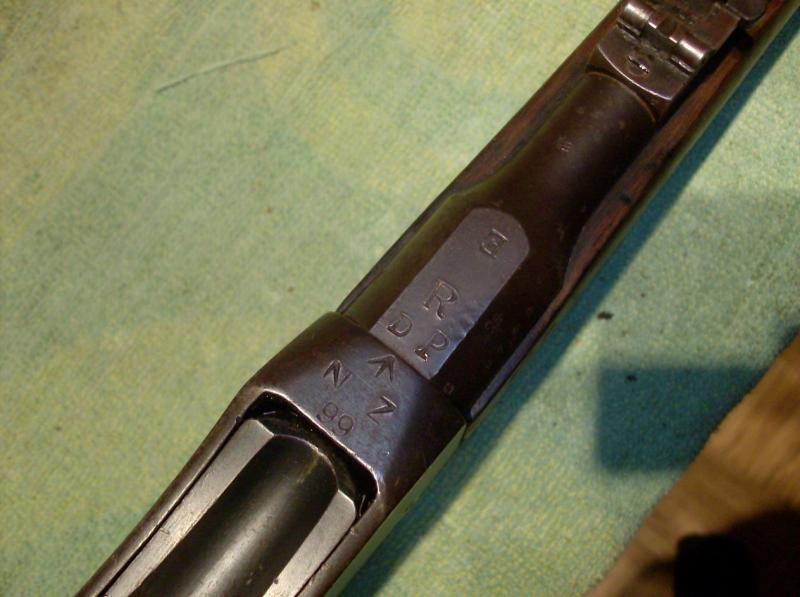 Information
Information
















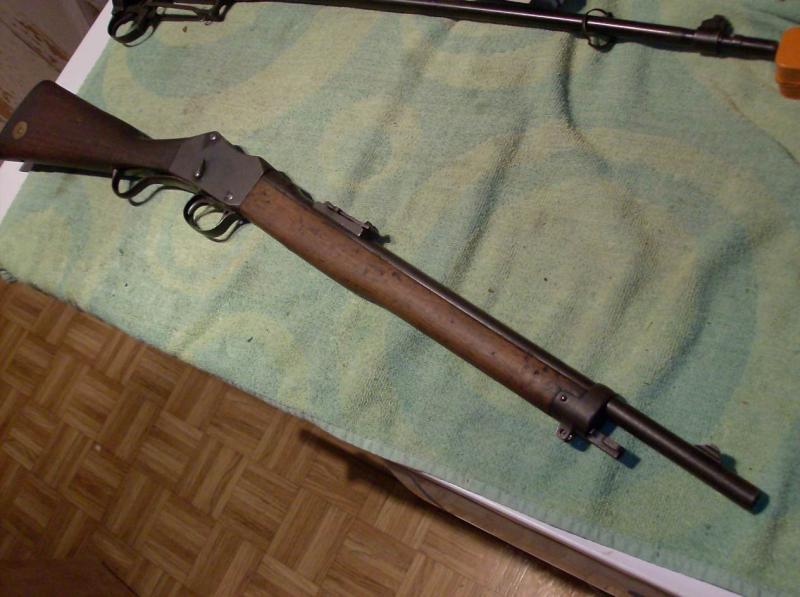
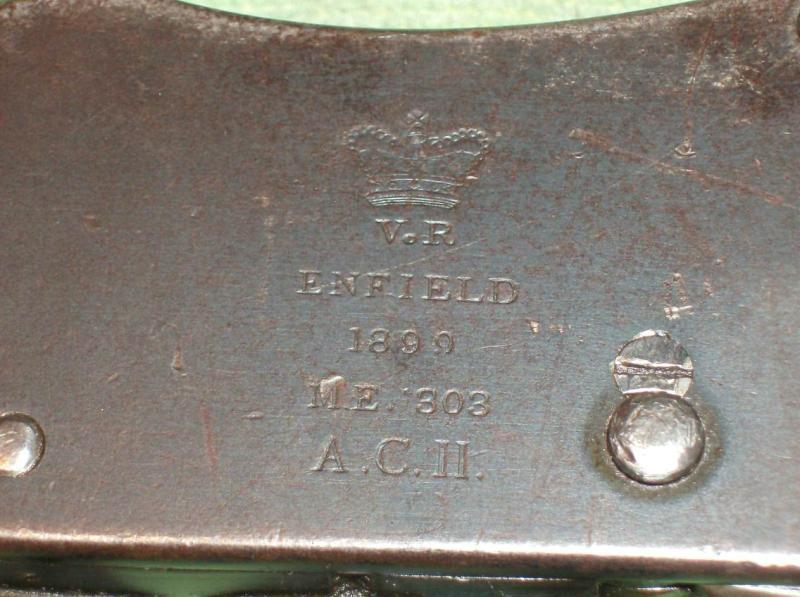
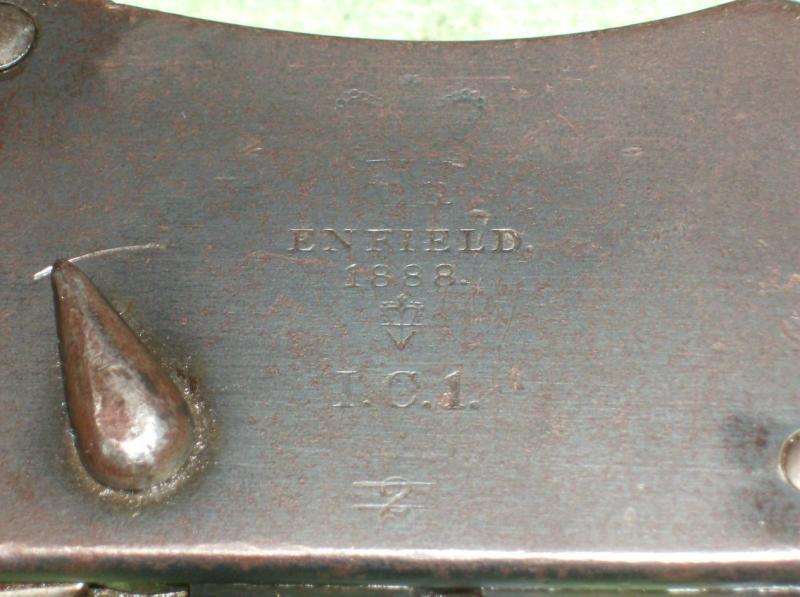
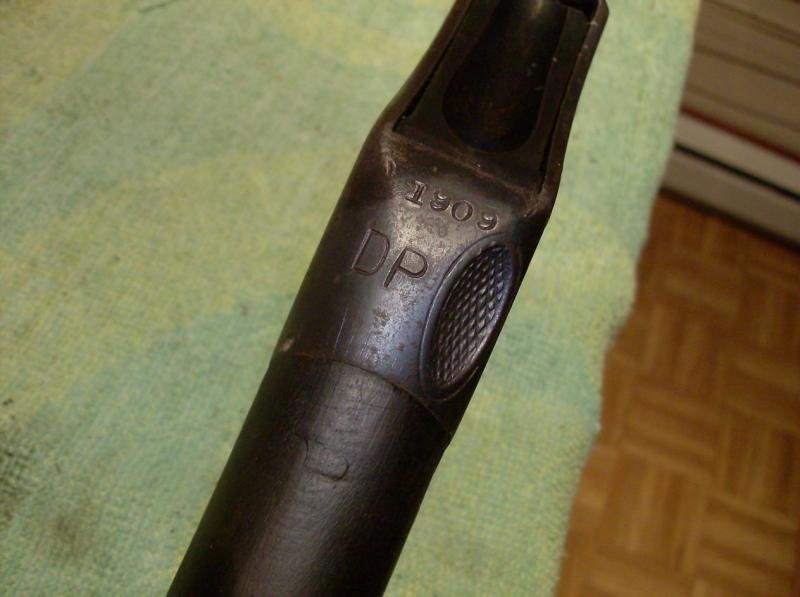
 PM
PM










